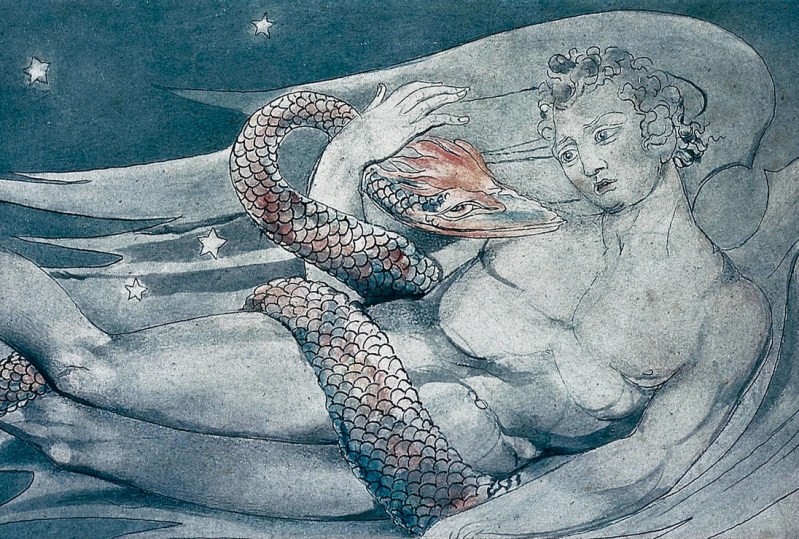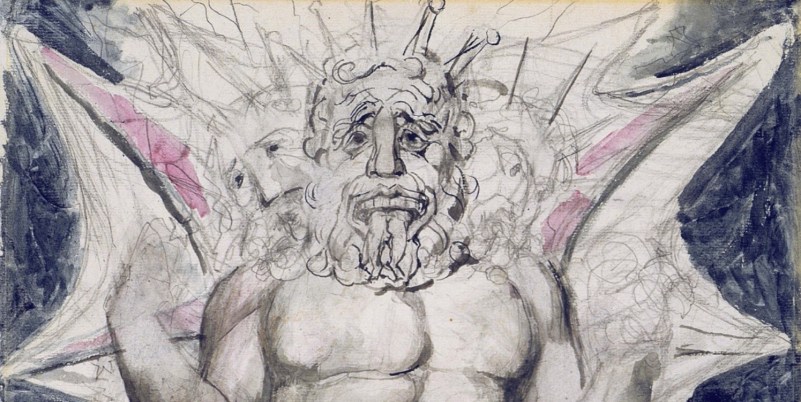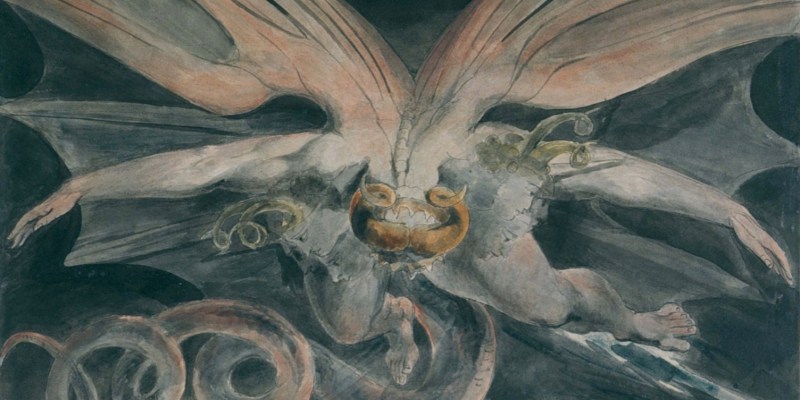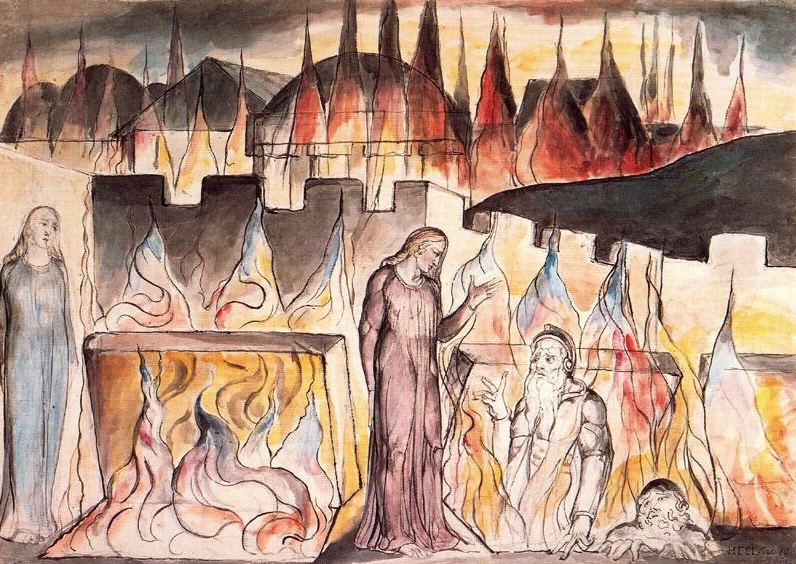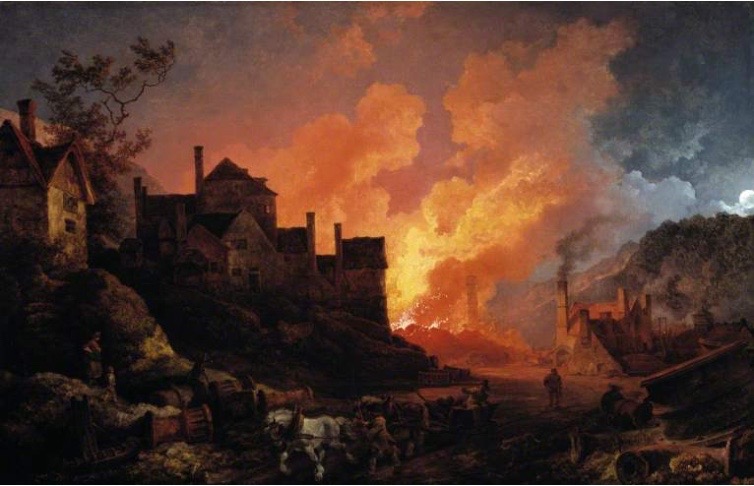Mysterium Coniunctionis: Jung, Blake and the alchemy of the Brain, by Rod Tweedy
The Philosopher’s Stone and the integration of the Brain
Introduction
 Mysterium Coniunctionis was Jung’s last great work. He was engaged on it for more than a decade, from 1941-1954, and finished it in his eightieth year. The book therefore occupies, as one critic observed, “the culminating position in his writings” (The Collected Works of C.G. Jung). In it he compellingly links the practices of alchemy and psychology through a profound analysis of symbolism and an examination of their shared ideas of the integration and ‘union of opposites’. As he notes, “Not only does this modern psychological discipline give us the key to the secrets of alchemy, but, conversely, alchemy provides the psychology of the unconscious with a meaningful historical basis.”
Mysterium Coniunctionis was Jung’s last great work. He was engaged on it for more than a decade, from 1941-1954, and finished it in his eightieth year. The book therefore occupies, as one critic observed, “the culminating position in his writings” (The Collected Works of C.G. Jung). In it he compellingly links the practices of alchemy and psychology through a profound analysis of symbolism and an examination of their shared ideas of the integration and ‘union of opposites’. As he notes, “Not only does this modern psychological discipline give us the key to the secrets of alchemy, but, conversely, alchemy provides the psychology of the unconscious with a meaningful historical basis.”
It’s a fascinating, illuminating, and at times breath-taking study, which draws not only on a wide number of alchemical texts but also on Kabbalistic ideas and symbols such as Adam Kadmon (Primordial Man), the Sefirot, and the union of the ‘Holy One’ and his bride. According to Jung, humankind has historically moved from a condition in which it projects the contents of its unconscious onto the world and heavens to one in which, as a result of a total identification with the rational powers of the ego, it has not only withdrawn its vivifying projections from the world but also fails to recognize or understand the archetypes of the unconscious mind.



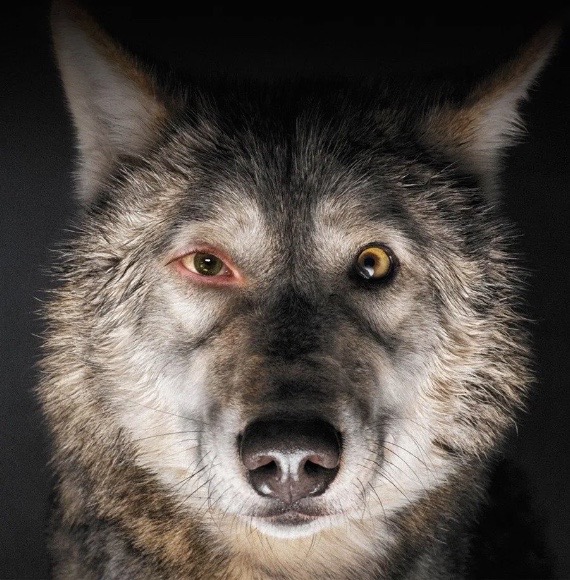
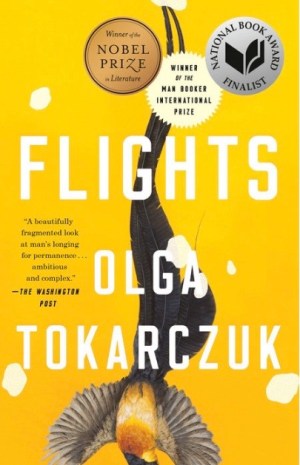
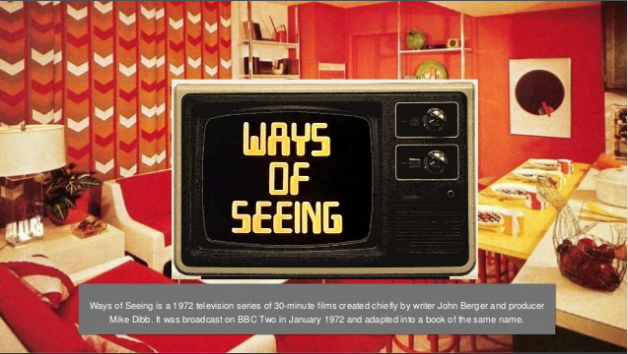

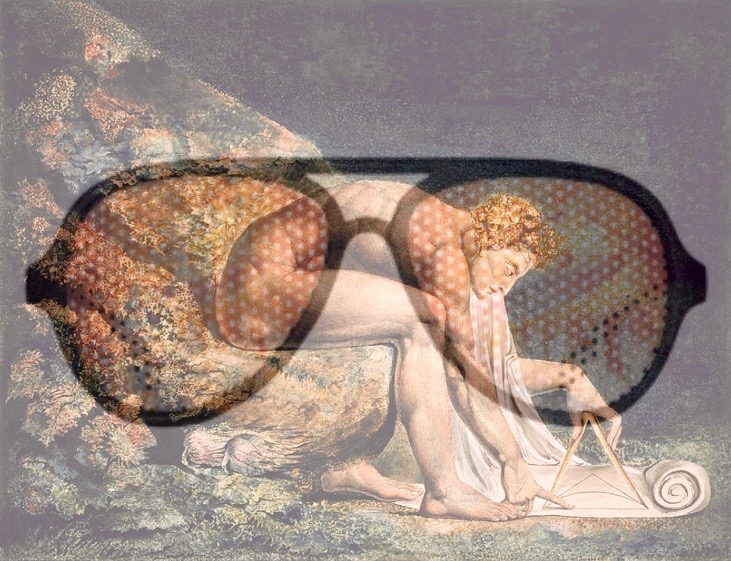


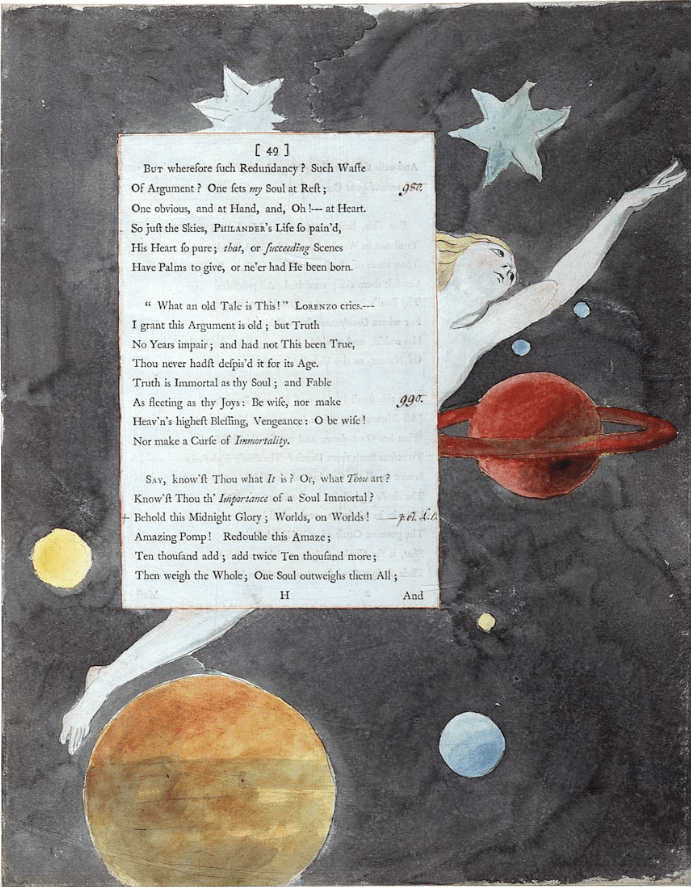
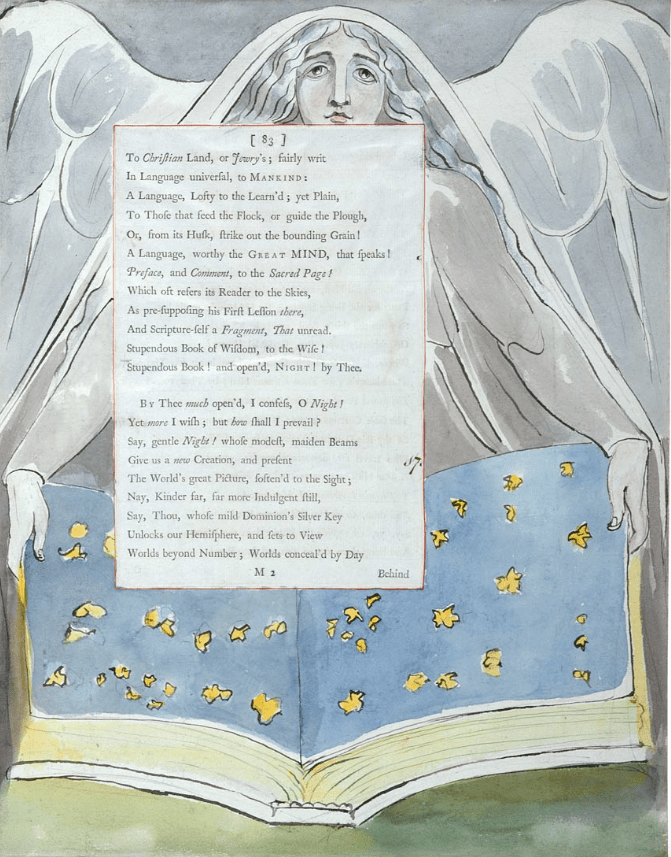

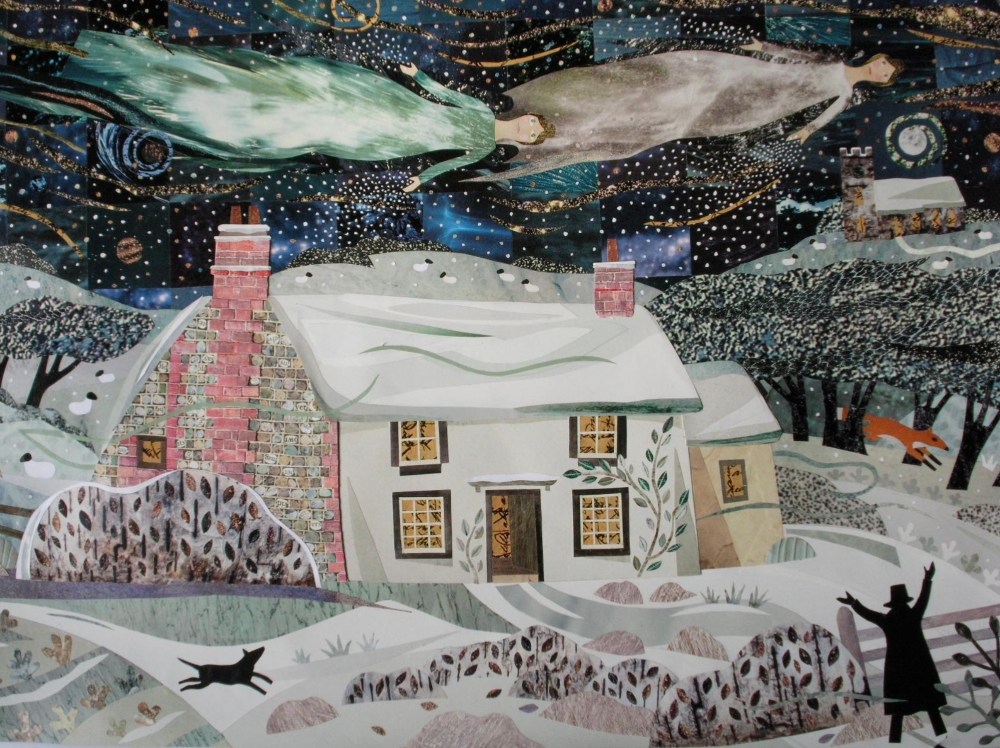

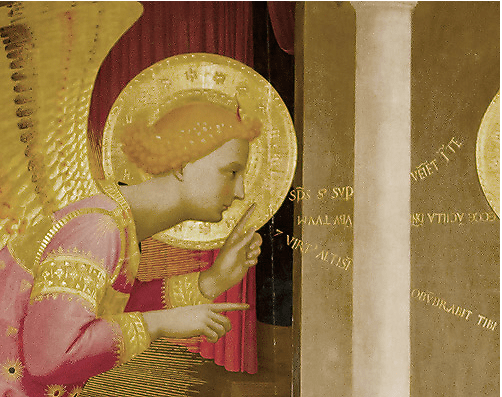
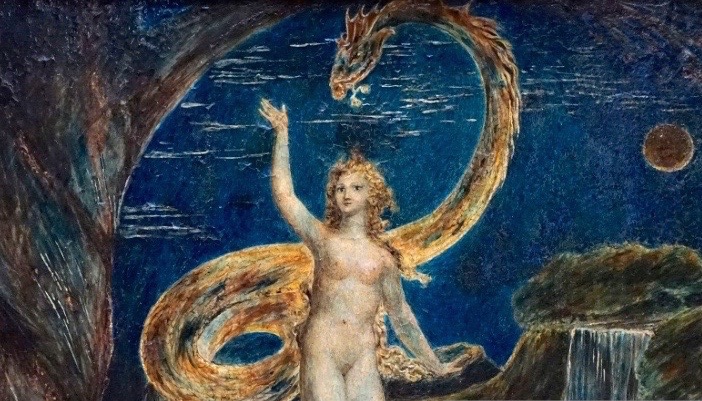
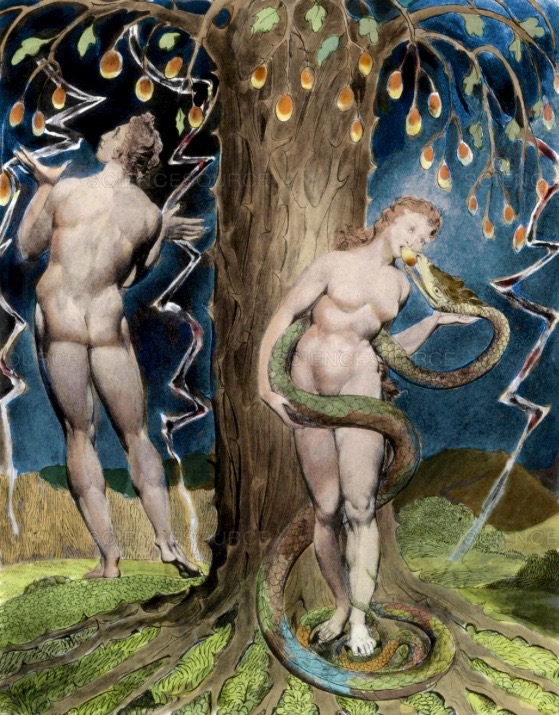
 Blake’s art speaks in symbols. But what exactly are symbols? And why are all of the deepest ancient esoteric truths always communicated through symbol and image? Pike suggests that symbols are the most powerful way to mediate and convey a “truth” that lies beyond ordinary conscious, “rational” thought programmes and parameters: “The first learning in the world consisted chiefly in symbols. The wisdom of the Chaldæans, Phœnicians, Egyptians, Jews; of Zoroaster, Sanchoniathon, Pherecydes, Syrus, Pythagoras, Socrates, Plato, of all the ancients, that is come to our hand, is symbolic. It was the mode, says Serranus on Plato’s Symposium, of the Ancient Philosophers, to represent truth by certain symbols and hidden images.”
Blake’s art speaks in symbols. But what exactly are symbols? And why are all of the deepest ancient esoteric truths always communicated through symbol and image? Pike suggests that symbols are the most powerful way to mediate and convey a “truth” that lies beyond ordinary conscious, “rational” thought programmes and parameters: “The first learning in the world consisted chiefly in symbols. The wisdom of the Chaldæans, Phœnicians, Egyptians, Jews; of Zoroaster, Sanchoniathon, Pherecydes, Syrus, Pythagoras, Socrates, Plato, of all the ancients, that is come to our hand, is symbolic. It was the mode, says Serranus on Plato’s Symposium, of the Ancient Philosophers, to represent truth by certain symbols and hidden images.” 